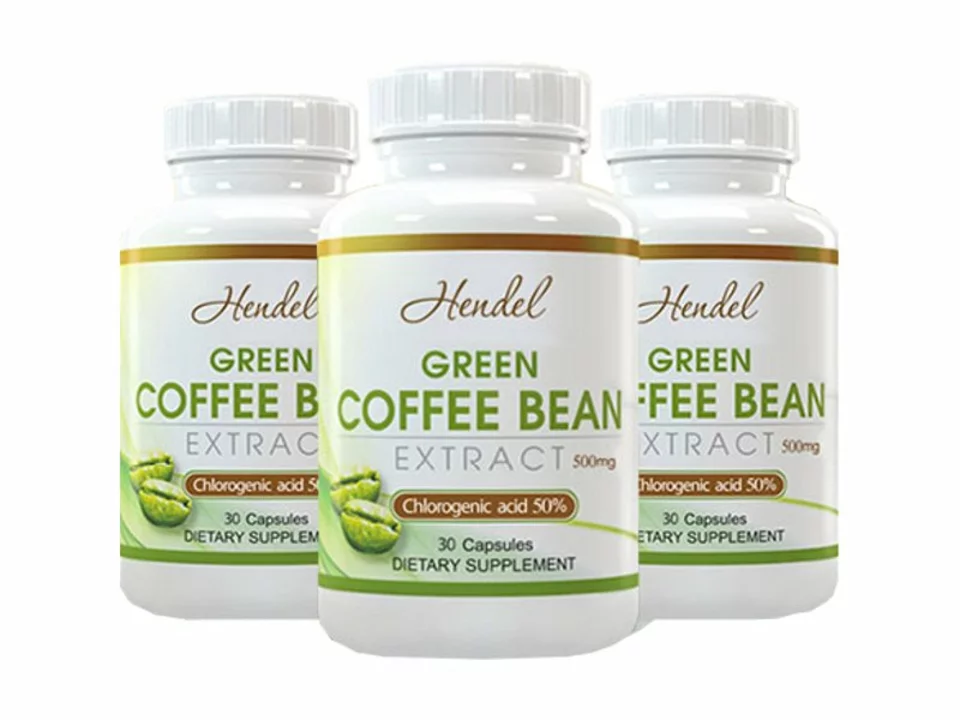Carqueja: What It Is, Why People Use It, and How to Pick a Good Product
If you’ve heard the name Carqueja on a health forum or in a supplement aisle, you’re probably wondering what all the buzz is about. In plain terms, Carqueja is a leafy plant native to South America that people have used for generations to help with digestion and liver health. It’s sold as tea, capsules, tincture, or even dried leaves you can brew at home.
What Is Carqueja?
Carqueja (scientific name Baccharis trimera) grows in the wild of Brazil, Argentina and Paraguay. Traditional medicine calls it a “bitter leaf” because the taste is pretty strong—think of a milder dandelion coffee.
The bitter compounds are what make Carqueja useful. They stimulate the production of digestive juices, which can ease bloating, gas and occasional constipation. Some people also use it to support liver function, especially after a night of heavy drinking or when they feel sluggish.
Modern studies on Carqueja are still limited, but early lab work shows anti‑inflammatory and antioxidant effects. That means the herb might help protect cells from damage, though you shouldn’t count on it as a cure for serious illnesses.
How to Use Carqueja Safely
The easiest way to try Carqueja is as tea. Boil one teaspoon of dried leaves in a cup of water for 5‑10 minutes, then strain and sip. Start with half a cup a day and see how you feel. If the bitterness bothers you, add a little honey or lemon.
Capsules are another popular option. Look for products that list the exact amount of Carqueja extract per capsule—usually 300‑500 mg is standard. Take them with food to avoid stomach upset.
When it comes to dosage, most experts suggest no more than 2‑3 grams of dried leaf or its equivalent per day. Going higher hasn’t shown extra benefits and could increase the risk of side effects like nausea or headache.
Who should stay away? Pregnant or breastfeeding women, because there isn’t enough safety data yet. Also, if you’re on medication for blood pressure, diabetes, or liver issues, talk to a doctor first—Carqueja can interact with some drugs.
Choosing a Quality Carqueja Product
Quality matters more than brand name. Look for these signs:
- Organic certification or clear sourcing information.
- Third‑party testing results posted on the label or website.
- No added fillers, artificial flavors, or unnecessary herbs.
If you buy loose leaves, check that they’re dry, crumbly and have a fresh green‑brown color. Stale leaves lose potency quickly.
Price can be a clue too—extremely cheap bulk powders often come from low‑quality farms or are mixed with other herbs. A reasonable price for a reputable brand is usually $15‑$25 for 30‑day supply.
Quick Tips to Get the Most Out of Carqueja
• Start small and increase gradually. Your gut will tell you if it likes the herb.
• Pair Carqueja tea with a light snack if you notice mild stomach discomfort.
• Keep a short journal of how often you take it, dosage, and any changes in digestion or energy levels.
Carqueja isn’t a miracle cure, but for many people it’s a simple, natural way to support gut health and give the liver a gentle boost. If you decide to try it, pick a clean product, follow safe dosages, and listen to your body. Happy sipping!

